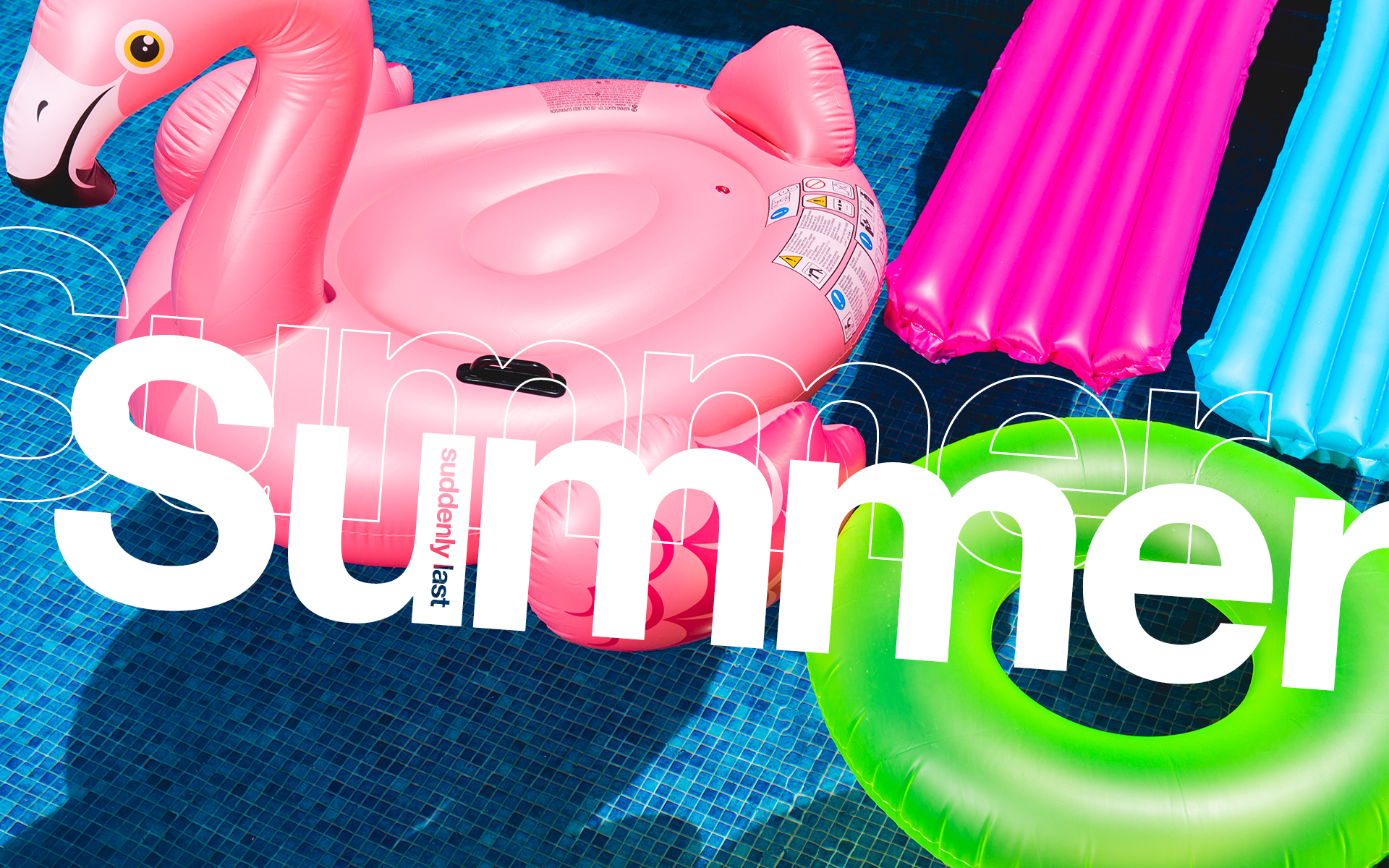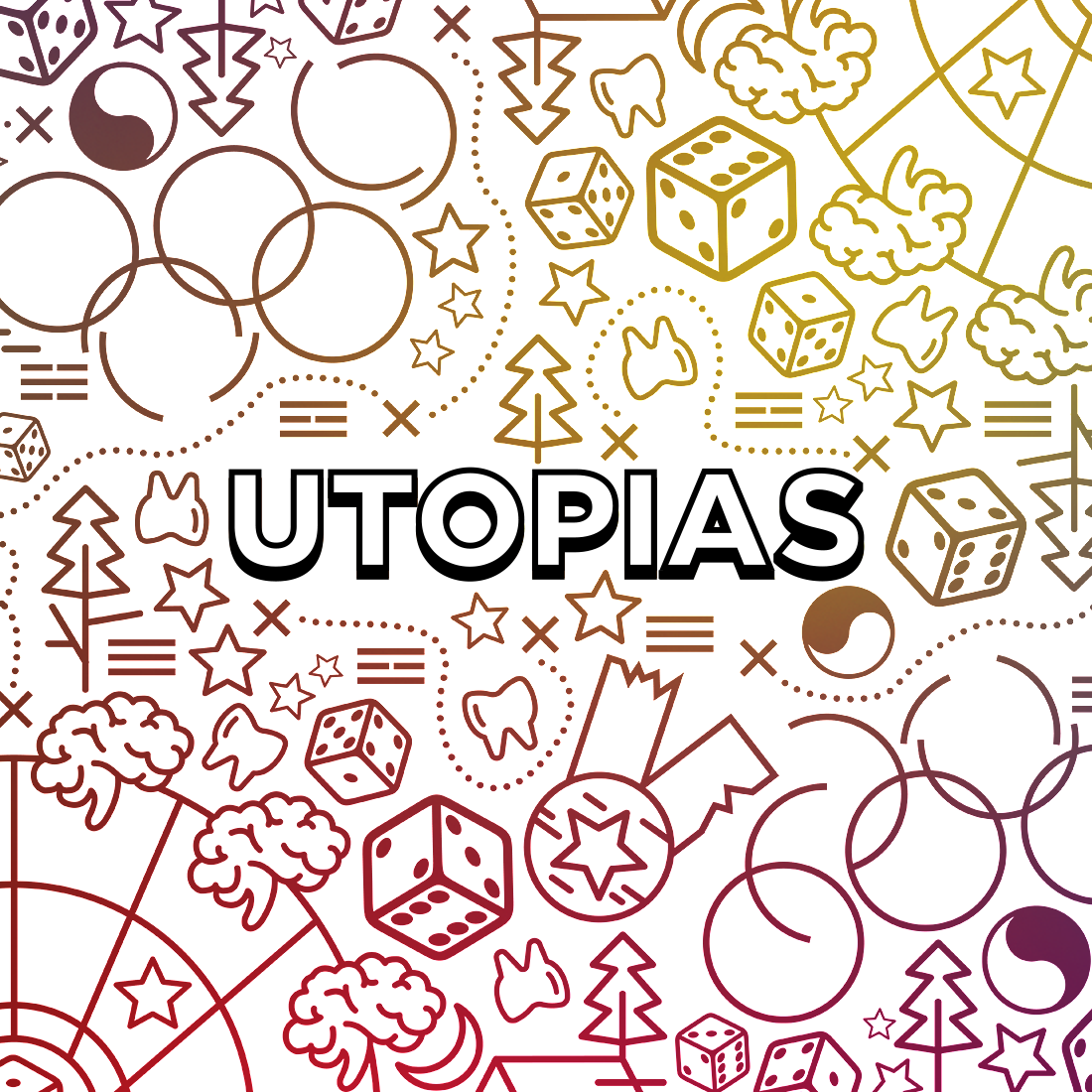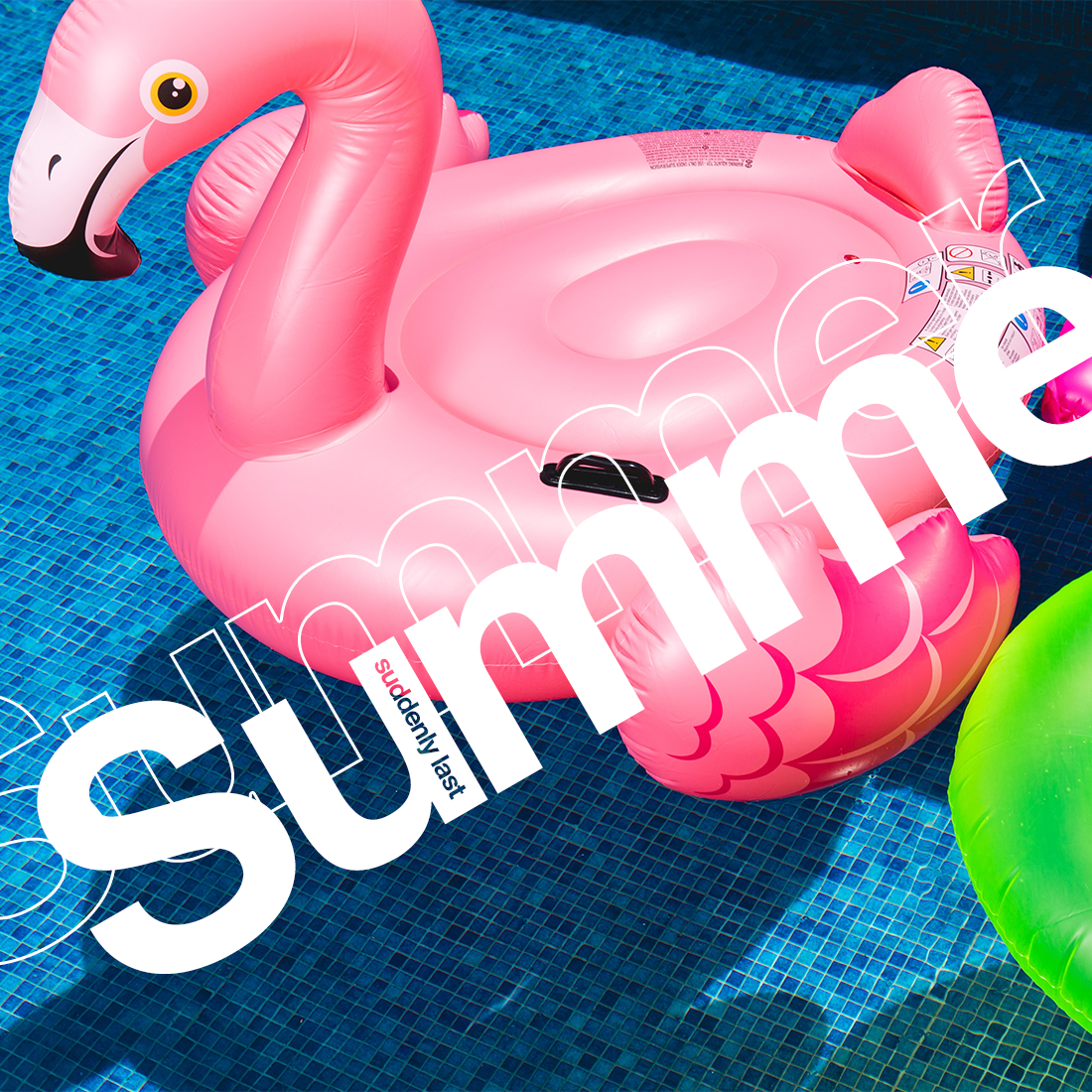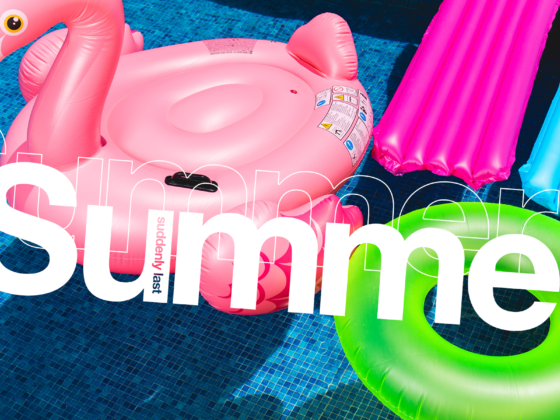EVAN MOUSSEAU
On the last Friday of the school year, I opened the door to my classroom for the first time in over three months. My gloved hands struggled to get the key out of the lock as I inhaled a breath of stale, sunbaked air through my facemask. The desks were as I remembered them, that familiar horseshoe shape so essential to our face-to-face conversations. There, too, were the posters, the unclaimed projects, the classroom library, the display of Coming of Age stories to pair with what had once been our current unit.
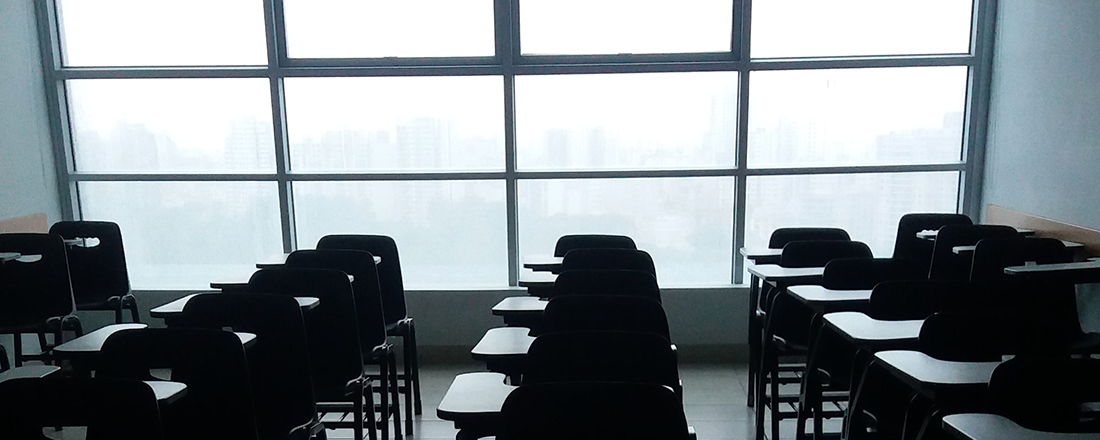
Having taken the books I would need in the months ahead and filed away folders of essays that I had gathered in March but could no longer physically return to students, I did a bit of clean up. After taking a photograph to share with my students in our final class meeting, I set to work erasing the plans that had been written on the board, a task that required a good deal more elbow grease than usual, the words having sat up there for months. Last to go was the evidence, written as always in the upper-left corner of the board, of when this time capsule had been sealed: March 11, 2020.
While my classroom had been frozen in time for three months, school had continued at a slowed but steady pace. Like thousands of teachers across the country, I had converted a corner of my apartment into a classroom, quickly learned the ins and outs of Zoom, and adjusted the trajectory of my course to adapt to teach reading and writing through a pandemic. Like thousands of teachers across the country, I found this challenging, anxiety inducing, and time consuming. Like thousands of teachers across the country, I missed seeing my students and colleagues in person, sharing our work and learning in a carefully cultivated physical space.
Gathering myself and my belongings, I looked across the desks one last time before closing the door to my classroom to return to the home from which I now taught. The space was frozen in time once more.
A few days later, having taught my final class of the school year, I would be similarly frozen in time, stuck in my apartment between a school year that would not end and a summer that would not begin.
The interplay between time and space has long been a personal fascination of mine, and the driving theoretical lens through which I analyze most stories. Following an introduction to the works of Russian philosopher and literary critic Mikhail Bakhtin through an undergraduate classmate’s presentation in a course on Medieval European Literature, I picked up a copy of his book The Dialogic Imagination in a London bookstore. I was immediately enthralled. Every academic paper I wrote from that point forward was anchored in exploration of Bakthin’s critical lens, most frequently his concept of chronotope, how time and space interact in a novel.
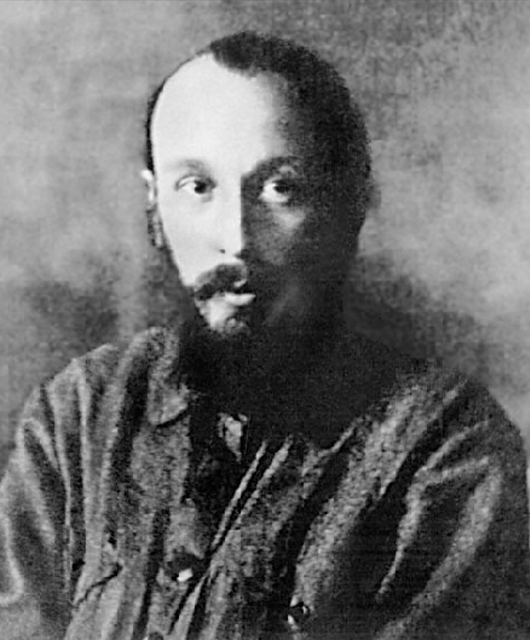
Mikhail Bakhtin | Source: Bill’s Blog
Bakhtin borrowed his concept of chronotope from Einstein (think space-time), so bringing it from Bakhtin’s literary world to our real one is an appropriate return for the idea, even without thinking of the school year as a narrative of its own (as I encourage my students to do). Still, as Sue Vice notes in Introducing Bakhtin, the very concept of chronotope “may be puzzling or hard to grasp because it seems omnipresent to the point either of invisibility or extreme obviousness.” Or: Immersed in space-time at all times and in all spaces, it is hard to consider the particular intersection’s role in our lives.
And yet, a disruption to routine — say a global pandemic that pushes teachers and students out of the classroom and into a digital learning space — can be enough to make visible the invisible and reveal the subtle ways that even something extremely obvious can profoundly shape our experiences.
To recognize a departure from a pattern requires understanding of the pattern itself. That such a pattern exists is not surprising. Teachers thrive on routines. Daily procedures for opening and closing a class meeting. Weekly patterns of introducing and assessing new vocabulary words. Systems for students distributing handouts, for borrowing books, for signing out to use the restroom without announcing their intentions to the class and derailing the discussion. These are a fundamental part of classroom management, a way of lending some predictability for students, and a critical tool for cutting down on the exhausting number of decisions a teacher has to make across any given school day. They are structures that provide shape to a year.
Like thousands of teachers across the country, I missed seeing my students and colleagues in person, sharing our work and learning in a carefully cultivated physical space.
The year’s end comes with myriad routines, some beloved and others dreaded. Every year, in the last class sessions before final exams, I work to balance sending my 9th graders off into summer and the rest of their educational careers with their more immediate concerns about an upcoming test. We share thoughts on the year and excerpts from a final piece of personal writing. Then, during subsequent exam days I fulfill proctoring duties across various exam slots and deliver my own tests, taking time during the process to offer final farewells to students who likely won’t come by on what has become a de facto optional last day of classes. Between final exams and that final day: one last bout of frantic grading in the department office, a PTO sponsored luncheon for teachers in the cafeteria, administration of any needed make-up or rescheduled exams.
It is, in many ways, a rush to the finish line of the final day, reaching toward that bright promise of summer and some time outside of the mental and physical spaces of teaching.
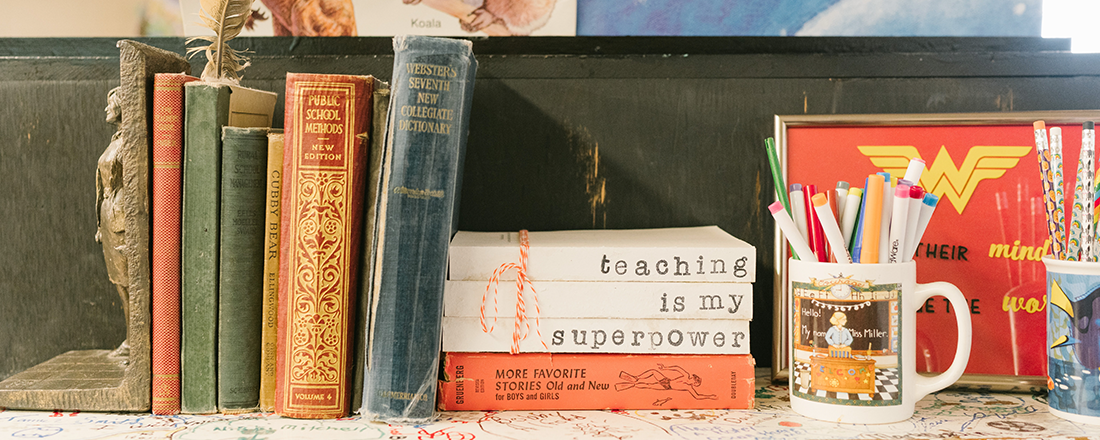
Closure comes not simply in reaching the final day of the school year, but in experiencing the routines and rituals of the physical school space. Cleaning a classroom as students trickle in on a semi-optional last day to collect items from lockers, view exam grades, and say goodbyes. Returning books to be stored for next year’s readers, counting copies lost and unreturned. Submitting final grades and tidying a desk I won’t see until September, chatting with colleagues as they do the same. We are closing a space to open a time, moving through the physical routines that will tell us summer has begun.
But what happens when those physical markers are removed?
This year, we found our end of year traditions upended. No final exams to give or grade, no PTO luncheon to enjoy, no spaces to tidy up. Instead, we scheduled and planned for final Zoom meetings with our classes.
So I found myself on this last day of school, sitting at my desk in my apartment, looking out at a grid of faces. There was Amy, joining us, as always, from her lush backyard. A giraffe wall sticker, familiar after a spring of video conferences with this same view, peeked out over Henry’s shoulder. Amir still wouldn’t turn on his camera, and Stephanie sat in front of a whiteboard she had purchased to make her home work better as a school, a game we had all been playing with varying degrees of success over the past three months. We were all together, apart, one last time, at once at home and at school.
And yet, a disruption to routine […] can be enough to make visible the invisible and reveal the subtle ways that even something extremely obvious can profoundly shape our experiences.
I had been deliberate in planning a final meeting that would reiterate the values and ideas that had carried our class throughout the year. We celebrated the spirit of community we had built by offering toasts, thanking each other and sharing fond memories, always careful to think about audience and be specific, as we learned to do in each and every piece of writing. We read through one final reading list, this one a tongue-in-cheek article from The Millions that I share with my students every year, designed to remind them to “just keep reading.” A modest agenda, but one that filled our time together, and before I knew it, students were sharing digital goodbyes and thank yous, waving as they left the meeting, the Zoom grid rapidly shrinking. A grid of sixteen, then the Brady Bunch style three-by-three, now four of us, then two… until finally and uncomfortably I was left looking at my own face, my window to my students’ worlds now a mirror of my own.
My finger wavered over the trackpad for a moment before I quietly clicked, “End Meeting for All.”
“That’s that,” I texted a colleague. The year was done. Summer, my school planner told me, had begun.
School ended for us on a Tuesday. On Wednesday, I was sitting in the green armchair I had taught from for most of the spring, emailing some students who had reached out with final questions. On Thursday, I was discussing literature with colleagues, using the same group text exchange we had used for planning all spring. On Friday, I was at my desk, sending out an email to all of my students’ parents, maintaining the same weekly email schedule I had held since Friday, March 13.
I was still doing school. As I searched for an explanation for why I could not simply put work away and allow myself to relax, I realized that I could not leave the school year behind because I could not leave the school. Sure, the buildings were all sealed up once more as they had been for months, but that was no longer my school. Now, school was the green chair in my living room. The desk in my bedroom. My laptop, my bookshelf, my phone. While time and temperature insisted that summer had begun, I lacked any spatial signifiers to show this fact. My home had become conflated with the classroom, eroding any sense of an ending to the school year. My chronotope was stuck.
And as the work of school continues into these ninety degree days, I get the sense from colleagues that I am not alone in my experiences. Several joined fall planning teams that began meeting the day after classes ended. One began recording lessons for next year’s classes with similar immediacy. My team of 9th grade teachers have held multiple planning meetings over the course of July, a month in which our past summer communications consisted almost exclusively of vacation, baby, and pet photos.
I hesitate to suggest that we’re experiencing similar chronotopic dissidence here, particularly as our one school feels fractured across a vast network of home-schools right now. A mentor once advised against trying too hard to compare teachers’ experiences across schools: “Every school,” she explained, “is like it’s own planet. So when you hear from a friend how they do things at their school… Of course they do things differently there. It’s its own planet.” Any effort to search for a universal experience among teachers tends only to reveal just how spread out across many different universes those planets are.
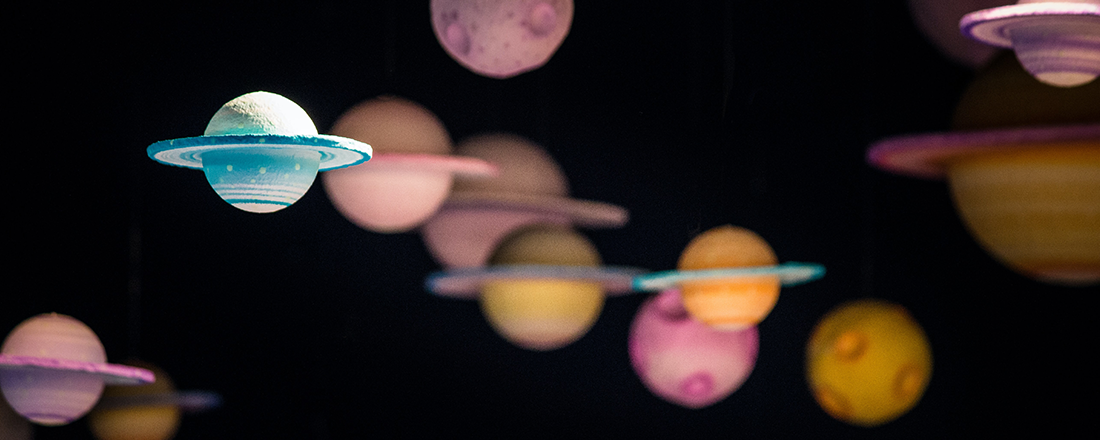
One planet’s residents may struggle with work-life balance to begin with. Another’s may need to prepare extensively for their classes now, because they have their own children at home to support on top of the 100 students they’ll have in the fall. Still another’s may be working to cope with the uncertainty of their planet’s future.
For all of us, though, even with our planets’ axes tilted toward the sun to signify a change in the season, we are a long way from the summers of our usual routines.
Under my professional button-down on the last day of class, I wore a favorite T-shirt. Faded light blue and worn at the collar, it is printed with the yellow setting sun silhouetting the surfers of Bruce Brown’s 1966 surf film classic, The Endless Summer. The film is a documentary following two surfers on a trip around the world, one which uses travel across the northern and southern hemispheres to skip out on winter and create the yearlong experience of the titular Endless Summer. It’s a sly piece of chronotopic manipulation, a physical shift in space to pause the seasonal passage of time.
The Endless Summer – Trailer | Source: Cinedigm/YouTube
It felt appropriate to me that day; what was this prolonged time away from school buildings if not the teacher’s equivalent of an Endless Summer? Now, I realize how wrong I was. My work space has followed me home, a change in space finding a way to alter the seasons in a different way: The Endless School Year.
I need a new T-shirt, one with that updated title. The sun still a yellow circle, figures in silhouette, but surfboards are gone. One figure tucks a laptop under his arm. Another holds a giant pencil over his head, the third a stack of student papers to grade.
Lots of my students are talented artists. I’m sure one of them could design it if I asked. I’ve been meaning to email them this week, anyway.

